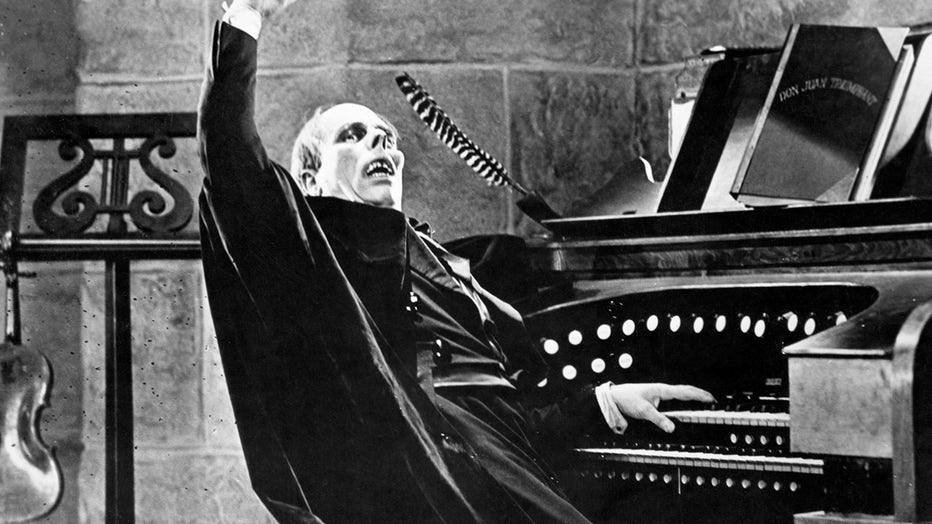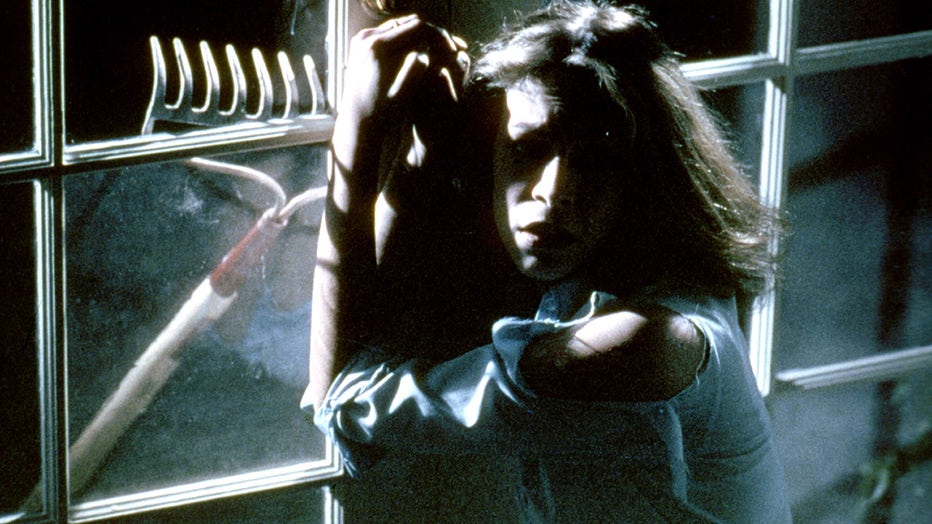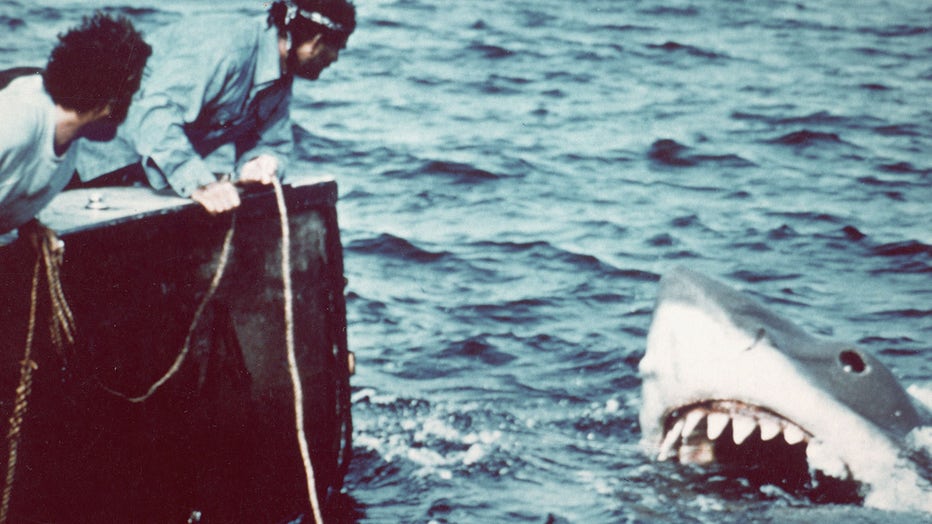What makes scary music sound spooky? Professor explains
Professor explains what makes music sound spooky
Johann Sebastian Bach's organ music masterpiece Toccata and Fugue in D Minor is one of, if not the most notorious spooky song. It has been utilized in several films to create that instant sense of foreboding. Megan Sarno, an assistant professor of musicology at UT Arlington, joined Good Day to talk about what makes Bach's composition so notoriously spooky.
DALLAS - Johann Sebastian Bach's organ music masterpiece "Toccata and Fugue in D Minor" is one of, if not the most notorious spooky song. It has been utilized in several films to create that instant sense of foreboding.
But what makes Bach’s composition so notoriously spooky?
Megan Sarno, an assistant professor of musicology at UT Arlington told FOX news station KDFW in Dallas, Texas, that there are a variety of factors that go into producing scary tunes.
The organ
In Bach’s song, which has been featured in many movies throughout the decades including "Dr. Jeckyll and Mr. Hyde," "The Black Cat" and "Phantom of the Opera," Sarno said the organ is a significant element in creating suspense.

Lon Chaney is shown in "The Phantom of the Opera," seated and playing at the organ (Credit: Getty Images)
"The organ itself is this huge instrument," Sarno explained. "It’s massive, and yet, when we listen to it in the churches where they are installed, we don’t see the organ. We’re usually turned away from it. Likewise, we don’t see the player, he’s usually hidden. So, it’s that feeling of not knowing what’s lurking around that really creates that feeling of horror."
Minor chords
According to the musicology professor, minor musical chords can also help create a chilling effect.
In the movie "Halloween," Sarno said the minor second – an interval consisting of two notes with one half step distance – helps to achieve this result.

American actress Jamie Lee Curtis on the set of "Halloween," written and directed by John Carpenter. (Credit: Compass International Pictures/Sunset Boulevard/Corbis via Getty Images)
"It has this minor second, and it has a lot of suspense in these sustained pitches, this reedy timbre (that’s the sound quality that’s kind of breathy and a little unfocused, and it’s this very, very thin texture that makes us feel like we’re on the edge of our seats and like we’re having goosebumps up and down our arms and down our spine," she explained.
In addition, "The Imperial March" in the film "Star Wars" also utilizes the minor second to create a spooky effect.
RELATED: The year they canceled Halloween
"It’s that same minor second," she continued. "That smallest interval that we have that creates that feeling of just uncertainty, not being sure if it’s going to stay on that low pitch or go to that very next one."
High and low pitches
In contrast to high-pitch tones, movies such as "Jaws" focus on low tones to generate suspense.

A scene from the film "Jaws" directed by Steven Spielberg, 1975. (Credit: Universal Pictures courtesy of Getty Images)
But Sarno said either end of the pitch range - the very high pitches and the very low pitches - can achieve this.
"They can be equally creepy because they’re at the extremes of what we can hear," she said.
This story was reported from Los Angeles. KDFW contributed

